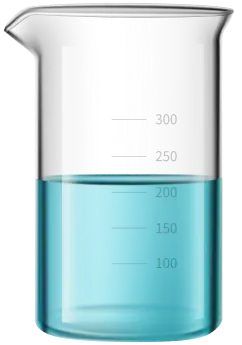Nail Dx Panel genetic testing is a specialized diagnostic tool designed to identify fungal, bacterial, or genetic conditions affecting the nails. By analyzing DNA from nail clippings or debris, this test can accurately detect pathogens such as dermatophytes, yeasts, molds, or specific genetic markers related to nail disorders. Unlike traditional methods like cultures, which can take weeks and may miss certain infections, the Nail Dx Panel offers rapid, highly sensitive results. It helps differentiate between fungal infections and other nail abnormalities, enabling more precise treatment decisions. This testing is especially useful for persistent, atypical, or treatment-resistant nail conditions.
Choosing the Nail Dx Panel genetic testing offers a faster, more accurate alternative to traditional diagnostic methods like microscopy or culture. It detects a wide range of fungal, bacterial, and genetic causes of nail disorders with high sensitivity, even when visible symptoms are unclear or overlapping. This targeted approach reduces the risk of misdiagnosis and ensures appropriate, timely treatment—minimizing unnecessary medication use or prolonged symptoms. Especially for patients with chronic, recurring, or treatment-resistant nail issues, this test provides critical insight to guide dermatologists or podiatrists in delivering effective care with confidence.





Individuals experiencing persistent, recurring, or unexplained nail abnormalities should consider Nail Dx Panel genetic testing. This advanced diagnostic tool is especially valuable when conventional treatments fail, or when the cause of nail damage is uncertain. It is particularly helpful for those with compromised immune systems, diabetes, or underlying skin conditions. The test provides precise identification of the underlying cause, enabling targeted and effective treatment.
You should consider this test if:

A healthcare provider examines the affected nails to assess symptoms and determine if testing is necessary.
A sample is collected from the infected nail—this may include nail clippings, subungual debris (material under the nail), or surface scrapings.
The sample is prepared in a sterile environment to extract DNA from any fungal, bacterial, or host cells present.
Advanced molecular techniques are used to isolate DNA from the sample. PCR Amplification
Polymerase Chain Reaction (PCR) amplifies targeted genetic material to detect specific pathogens or genetic mutations.
Results are analyzed for the presence of fungal, bacterial, or genetic markers associated with nail disease.
A detailed report is shared with the healthcare provider, including detected pathogens and treatment guidance.
Based on the results, the clinician recommends a personalized treatment plan.

 01
01
Our fully integrated E-Lab platform offers online test ordering, real-time tracking, and secure digital reporting bringing convenience and control to both physicians and patients across the country.
 02
02
From routine blood tests to complex genetic panels, we leverage cutting-edge platforms like NGS, PCR, and AI-powered analytics for maximum accuracy and clinical relevance.
 03
03
With lab facilities based in Florida, we ensure faster processing times and direct access to our expert team. You get timely results backed by responsive, local customer support.
At E-lab, we are dedicated to innovation, collaboration, and seamless growth.
